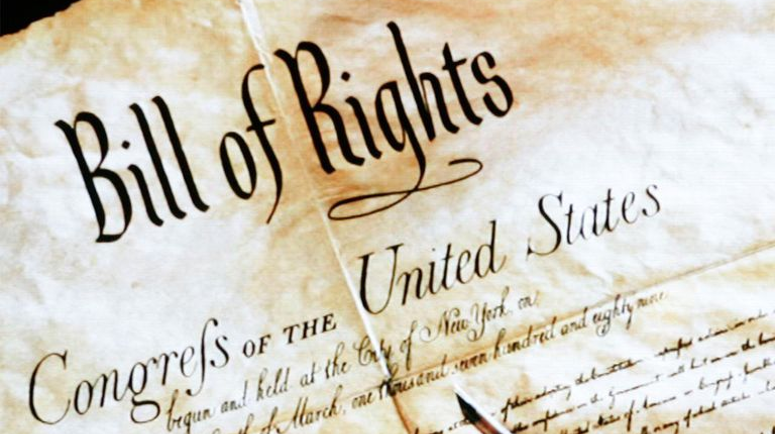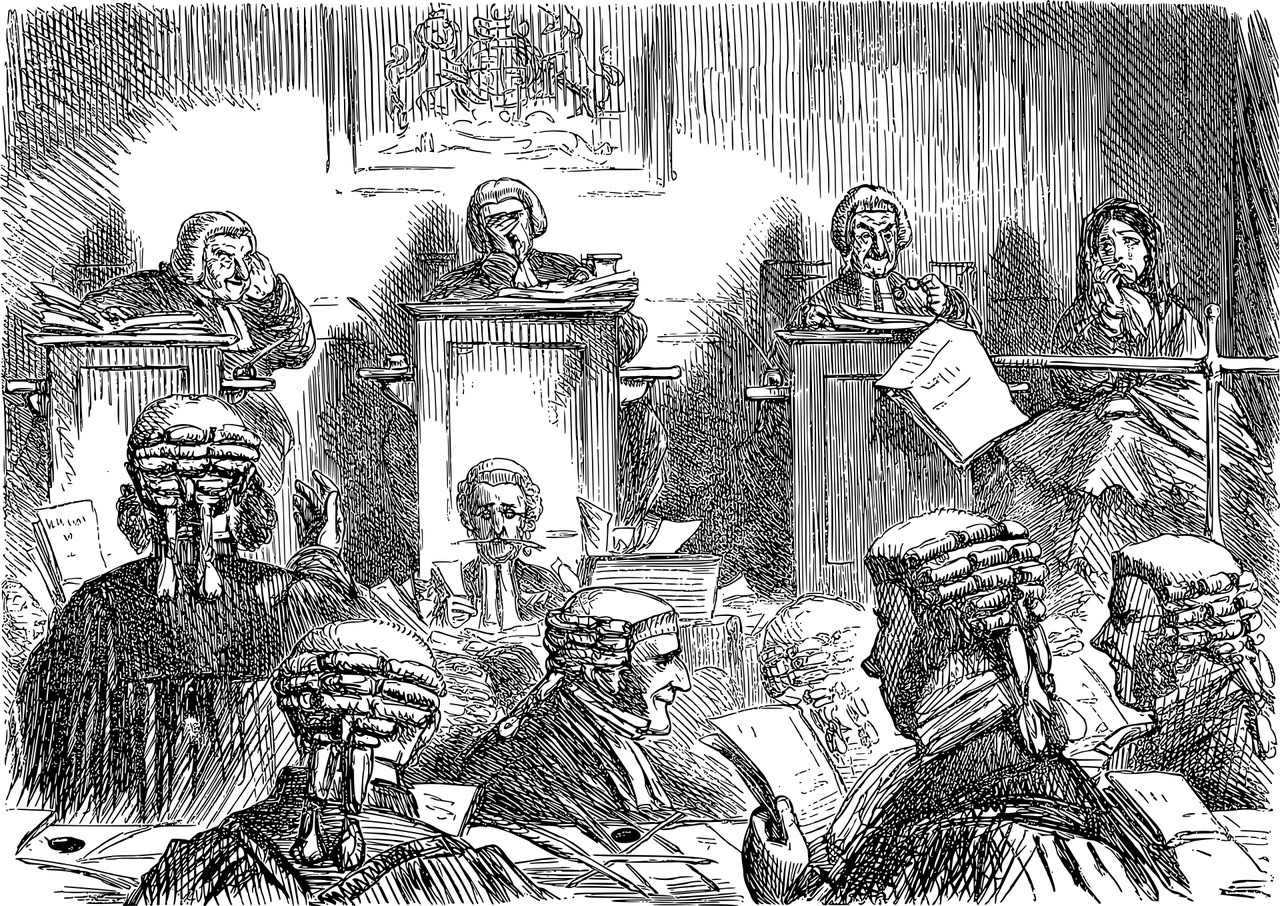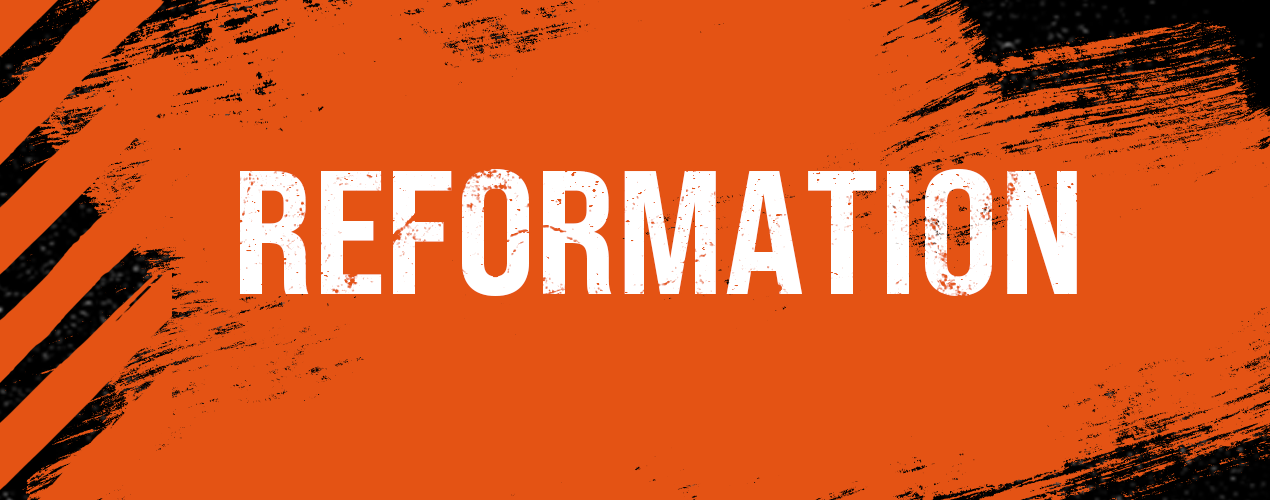Powers Few and Defined: A History of the Bill of Rights
- Jul 6, 2020

The Declaration of Independence threw off the shackles of tyranny the colonies were suffering under King George. In 1777, the Continental Congress adopted the Articles of Confederation, which were ratified in 1781.
The Articles weren’t working
As time passed, it became apparent the Articles of Confederation had weaknesses:
- There was no executive branch to enforce acts passed by Congress
- No national court system to settle disputes among the states
- Congress had no power to tax or to regulate interstate or foreign commerce
- Laws required a 9/13 majority to pass in Congress
- Each state only had one vote in Congress, irrespective of size
- Amendments to the Articles of Confederation required a unanimous vote
As a result, Congress called for a Constitutional Convention in 1787 to create a new form of government, resulting in the adoption of the Constitution two years later. But the process wasn’t without its challenges, mainly in the form of the small but vocal opposition known as the Anti-Federalists.
“I am not a friend to a very energetic government. It is always oppressive.” – Thomas Jefferson, Letter to James Madison, 1787
The Anti-Federalists believed the proposed Constitution would give the central government too much power, wouldn’t preserve individual liberty, and threatened states’ sovereignty. They hadn’t fought the Revolutionary War just to exchange one tyranny for another.
The original Articles of Confederation required that any new governing document be ratified by nine states, but the Anti-Federalists believed the people risked oppression without a Bill of Rights to preserve individual liberty. One of them, George Mason, refused to sign the Constitution without a Bill of Rights.
Twelve amendments proposed, ten ratified
There were twelve amendments proposed, and state legislatures ratified Articles 3-12 to create the Bill of Rights as we know them. Article 2 , which dealt with Congressional salary raise implementation, was finally ratified in 1992. Article 1, which dealt with apportioning Representatives and Congressional salaries, was never ratified.
In drafting the amendments for consideration, James Madison drew mostly from the Virginia Declaration of Rights, which were authored by George Mason in the spring of 1776, before even the Declaration of Independence.
As a staunch Anti-Federalist, Mason wanted similar protections in our Constitution as he had put into Virginia's founding documents. Mason’s initial draft was based on earlier works such as the English Bill of Rights and the writings of John Locke.
When considering what to put into the Bill of Rights, Madison saw that the Virginia Declaration contained the items the Anti-Federalist sought as protections of individual liberties, and incorporated them into the Bill of Rights.
The Bill of Rights can be broken down into three categories:
- Amendments 1, 2, and 3 secure liberty
Congress shall make no law, the Right to Keep and Bear Arms shall not be infringed, and No soldier shall be quartered...without consent. The first three amendments tell the government what they cannot do.
- Amendments 4-8 secure justice
Require the government to have a warrant to search you or your stuff, an indictment from a grand jury before holding someone to answer for a crime, and pay just compensation before seizing property; Require a speedy and public trial by jury, require the accused to confront his witnesses and allow defense counsel; Require the government set reasonable bail and abstain from cruel and unusual punishment. These four amendments tell the government what they are required to do.
- Amendments 9 and 10 secure unenumerated rights and reserved powers
These amendments explicitly say that the People maintain other rights not enumerated in the Constitution, and that the Constitution reserves to the states and the people those rights not given the federal government nor prohibited by the Constitution. These amendments tell the government the limit of its powers.
Congress and the states agreed
The differences between the Anti-Federalists and the Federalists were finally ironed out, and the amendments were submitted in 1789, as discussed during the debate about the ratification of the Constitution. The states finally ratified the Bill of Rights in 1791, two years after they were agreed upon and submitted.
Nearly 230 years later, it’s difficult for us living today to envision the Constitution without the Bill of Rights. Since their adoption, however, we’ve seen time and again how right the Anti-Federalists were in demanding their inclusion.
As we celebrate our Declaration of Independence we must remember and honor the free men who fought to preserve our liberty and God-given rights. Only by resisting tyranny and holding those who violate our rights accountable for their actions will we ensure these rights will continue for the generations to come.
A bill of rights is what the people are entitled to against every government on earth, general or particular, and what no just government should refuse, or rest on inferences.” – Thomas Jefferson, 1787















